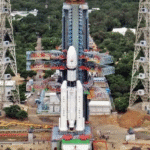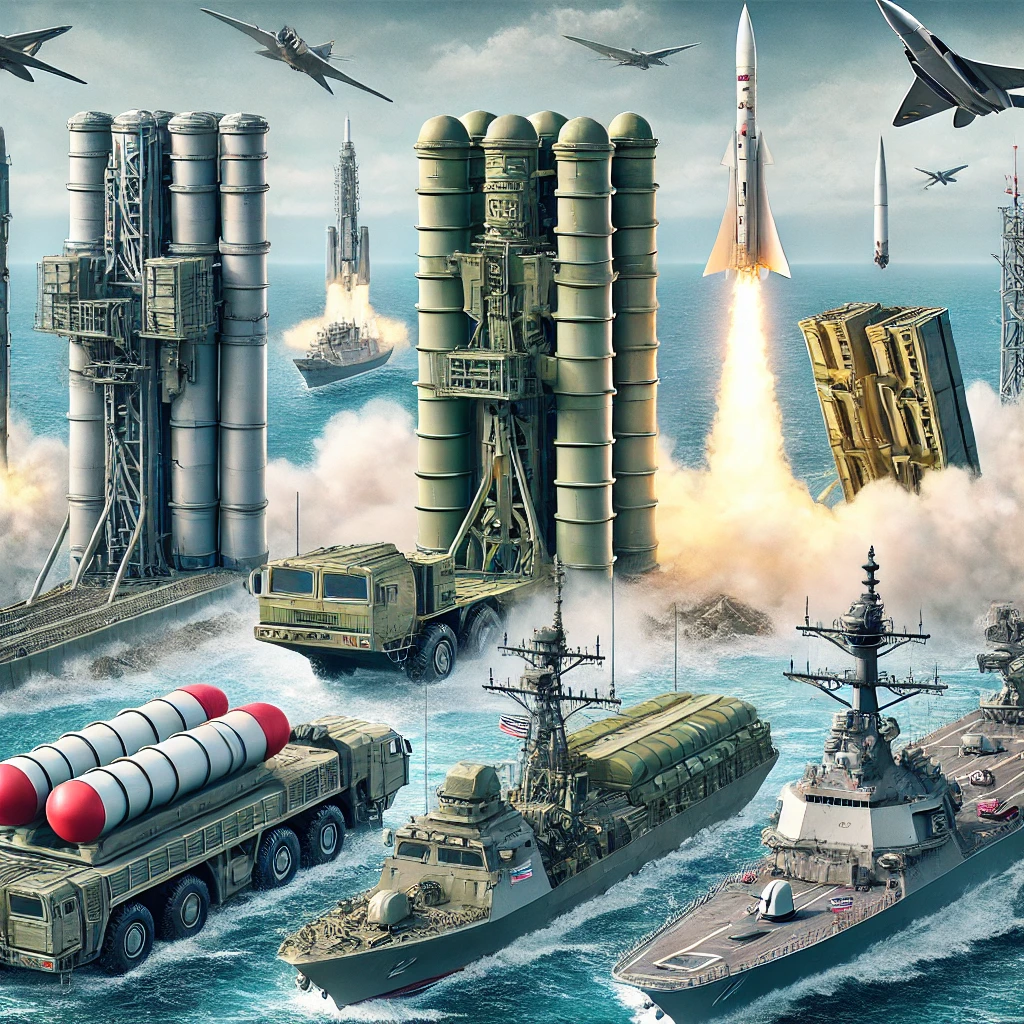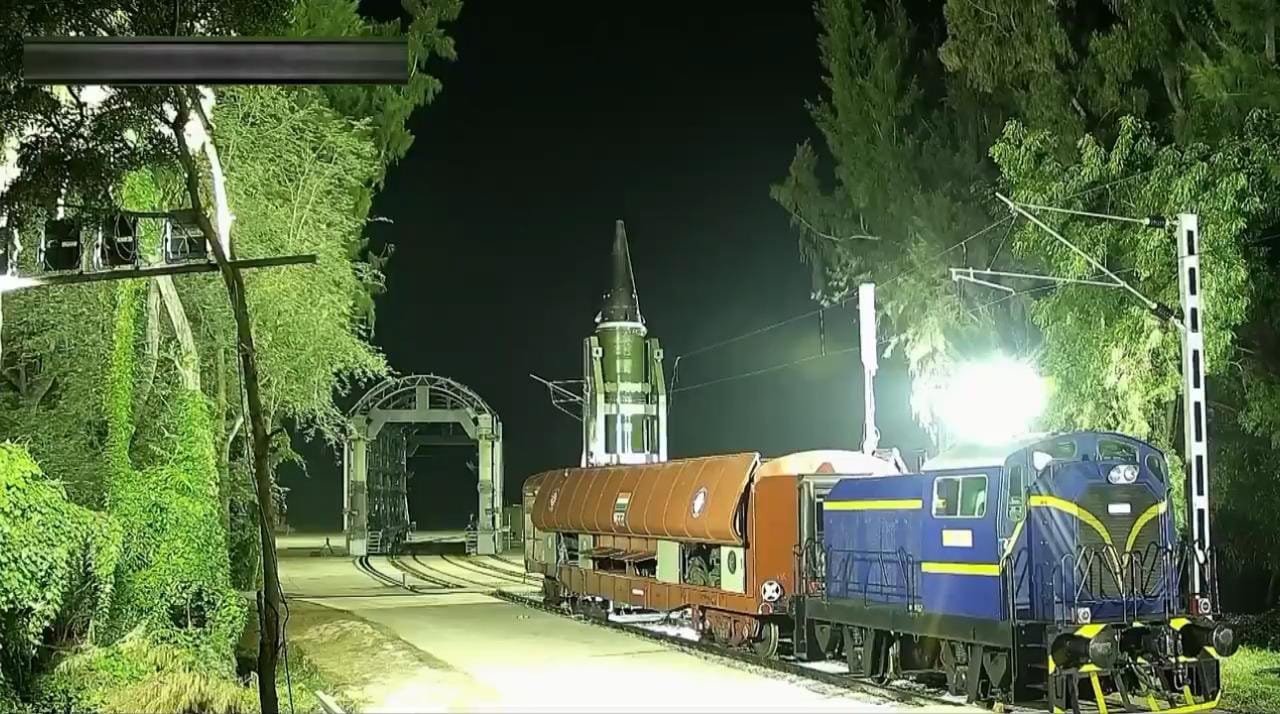In an era of evolving threats and complex geopolitics, nations prioritize advanced defense systems to ensure sovereignty and security. Modern defense systems are no longer limited to conventional weaponry; they incorporate cutting-edge technologies like radar integration, artificial intelligence, and precision targeting to counter a range of aerial, missile, and naval threats. This article explores the five most powerful defense systems globally, highlighting their unique capabilities, strategic significance, and role in maintaining global security. These systems, developed by leading military powers, represent the forefront of innovation and resilience against sophisticated challenges, including hypersonic missiles and unmanned aerial systems.
Detailed Analysis of the Top 5 Defense Systems
- S-400 Triumph (Russia)
The S-400 Triumph is a sophisticated air defense system designed by Russia’s Almaz-Antey Corporation. It is widely regarded as the most advanced surface-to-air missile (SAM) system in the world, offering unparalleled protection against a variety of aerial and missile threats.
Range and Coverage:
The S-400 can engage targets up to 400 km away and at altitudes of up to 30 km. This extensive range allows it to intercept threats long before they reach critical areas.
Target Engagement:
It can track up to 300 targets simultaneously and engage 36 at a time, including aircraft, drones, cruise missiles, and even stealth fighters.
Multi-Layered Defense:
Equipped with multiple missile types, the S-400 can neutralize short-, medium-, and long-range threats, providing a robust multi-layered defense system.
Global Deployment:
Nations like China, India, and Turkey have adopted the S-400 to bolster their air defense capabilities, making it a strategic asset in modern warfare.
- THAAD (Terminal High Altitude Area Defense, USA)
The THAAD system, developed by Lockheed Martin, is an integral part of the U.S. ballistic missile defense strategy. It is designed to intercept short- and intermediate-range ballistic missiles during their terminal phase.
Range and Altitude:
THAAD has an intercept range of up to 200 km and can destroy targets at altitudes of up to 150 km, offering protection against high-altitude missile threats.
Hit-to-Kill Technology:
Unlike traditional missile systems, THAAD uses kinetic energy to destroy targets upon impact, eliminating the need for explosives and reducing collateral damage.
Deployment and Mobility:
THAAD is highly mobile, consisting of truck-mounted launchers, radar, and fire control units, allowing rapid deployment in critical regions.
Strategic Role:
Deployed in South Korea, the UAE, and Guam, THAAD provides a crucial shield against regional missile threats, particularly in areas with escalating tensions, such as the Korean Peninsula.
- Iron Dome (Israel)
Israel’s Iron Dome is a short-range air defense system known for its exceptional success in intercepting rockets and artillery shells aimed at civilian areas.
Interception Efficiency:
The Iron Dome boasts a success rate of over 90%, making it one of the most effective systems for countering frequent rocket attacks.
Target Range and Response Time:
It is designed to intercept threats within a range of 70 km. Its radar system rapidly identifies and prioritizes threats, ensuring only critical targets are engaged.
Cost-Effective Protection:
Each Iron Dome missile costs approximately $50,000, significantly lower than the potential damage caused by a successful strike.
Urban Defense:
The system’s quick deployment and accuracy have made it indispensable for safeguarding densely populated areas in Israel, particularly during escalations in conflict.
- Aegis Combat System (USA)
The Aegis Combat System is a highly integrated naval defense platform that combines radar, missile technology, and command systems to counter diverse threats. Operated by the U.S. Navy and allied fleets, it is a cornerstone of maritime and coastal defense.
Integrated Radar Technology:
The AN/SPY-1 radar enables the Aegis system to detect and track hundreds of targets simultaneously, offering comprehensive situational awareness.
Missile Versatility:
Compatible with a range of Standard Missiles (SM), including the SM-3 for ballistic missile defense and the SM-6 for long-range engagements, the Aegis system ensures flexibility in countering various threats.
Global Reach:
Deployed on advanced destroyers and cruisers, as well as land-based installations, Aegis provides protection across international waters and allied territories.
Modern Upgrades:
The Aegis system undergoes regular updates to counter new threats, including hypersonic missiles and unmanned systems, ensuring its relevance in modern naval warfare.
- Patriot Missile System (USA)
The Patriot Advanced Capability (PAC) missile system is one of the most widely used and trusted air and missile defense platforms in the world. It has been instrumental in protecting strategic assets and civilian areas.
Operational Range:
The latest PAC-3 variant offers an effective range of up to 160 km, with the ability to engage multiple targets, including ballistic missiles, aircraft, and drones.
Proven Track Record:
The Patriot system has been deployed in various conflicts, including the Gulf War, where it successfully intercepted incoming Scud missiles.
Global Deployment:
Used by over 16 countries, including Germany, Japan, and Saudi Arabia, the Patriot system is a critical component of allied defense networks.
Technological Advancements:
Continuous upgrades, including improved radar systems and more precise targeting capabilities, have ensured the Patriot system remains a cornerstone of missile defense.
Comparative Analysis of Top 5 Defense Systems
- S-400 Triumph (Russia)
Primary Threats Countered: Aircraft, stealth fighters, cruise missiles, and ballistic missiles.
Range: Offers a maximum engagement range of 400 km and can intercept threats at altitudes of up to 30 km.
Unique Features:
Multi-layered defense with various missile types for different threats.
Tracks 300 targets and engages 36 simultaneously.
Highly mobile system with rapid deployment capabilities.
Deployment Areas: Operated by Russia, India, China, and Turkey, enhancing regional and national security.
- THAAD (USA)
Primary Threats Countered: Short- and intermediate-range ballistic missiles.
Range: Intercept range of 200 km and can target missiles at altitudes up to 150 km.
Unique Features:
Hit-to-kill technology ensures precision neutralization without explosives.
High mobility with truck-mounted components for quick deployment.
Integrated radar system capable of early threat detection.
Deployment Areas: Positioned in South Korea, UAE, and Guam to protect critical regions from missile threats.
- Iron Dome (Israel)
Primary Threats Countered: Short-range rockets, mortars, and artillery shells.
Range: Effective against threats within a 70 km radius.
Unique Features:
High interception rate of over 90%, making it highly reliable.
Cost-efficient with low per-interception costs.
Rapid response capability with real-time threat prioritization.
Deployment Areas: Primarily used by Israel to safeguard urban areas and civilian populations during conflicts.
- Aegis Combat System (USA)
Primary Threats Countered: Airborne threats, ballistic missiles, cruise missiles, and naval targets.
Range: Over 1500 km, depending on the missile variant used.
Unique Features:
Advanced AN/SPY-1 radar system for tracking hundreds of targets.
Compatible with a wide range of Standard Missiles (SM-2, SM-3, SM-6).
Integrated design for deployment on ships and land-based installations.
Deployment Areas: Widely used by the U.S. Navy, Japan, NATO allies, and on land in regions like Europe and the Pacific.
- Patriot Missile System (USA)
Primary Threats Countered: Tactical ballistic missiles, drones, and enemy aircraft.
Range: Effective up to 160 km with precise targeting.
Unique Features:
Proven track record in combat scenarios like the Gulf War.
Multi-target engagement with continuous technological upgrades.
Modular design for compatibility with different military setups.
Deployment Areas: Extensively used in the U.S., Germany, Japan, Saudi Arabia, and other allied nations.
Conclusion
The world’s most powerful defense systems illustrate the convergence of cutting-edge technology and strategic foresight in modern military operations. From the S-400’s multi-layered capabilities to the Iron Dome’s urban defense efficiency, these systems cater to diverse security needs. They not only protect nations from immediate threats but also deter adversaries through their sheer technological superiority. As warfare evolves, these systems will continue to adapt, ensuring global security in an increasingly unpredictable world.
Would you like to further expand on any specific system or add illustrations for better understanding?












